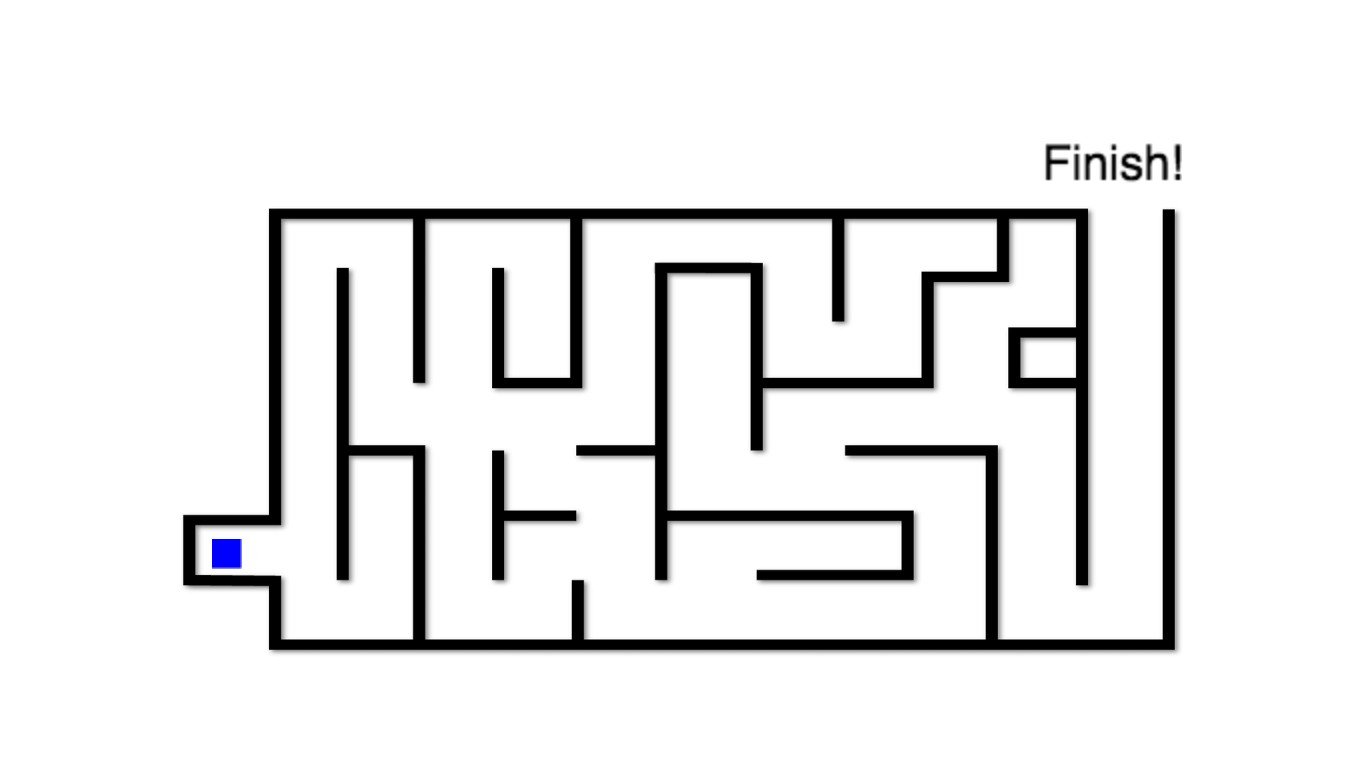Table of Contents
A Jar of Fears is an excellent visual tool to assess pupils’ fears. This method allows teachers to characterise the fear conditioning of children, and is particularly helpful for tackling fears associated with the dark. To use the Jar of Fears, you must first assemble the jars. Then, line up students behind the jars to see which ones are the most common.
Visual Tool to Assess Pupils’ Fears
A Jar of Fears is a visual tool that can be used to evaluate pupil fears and help them develop coping strategies. Jars come in a variety of different colours and are suitable for various phobias. Teachers can choose which jars are best suited to the needs of their pupils. The following article provides tips for using the jars in the classroom. It may be useful to download these resources to make the most of the learning experience.
The Jar of Fears can be used to scale pupil fears and teach them strategies for coping with these feelings. A sheet can be designed for different fears and jars can be created for one or many. Teachers can also download jars and video resources to help them prepare the pupils’ jars. A video explaining how to use the jars can be found online. To use this visual tool, teachers need to know what their students fear and what they can do to overcome that fear.
Most Common Fears
The Jar of Fears is a visual tool that can help teachers identify the different types of pupils’ fears and provide a plan to deal with each one. Fears can lead to a range of negative outcomes for students. Students who become excessively fearful may end up being disruptive, aggressive, or withdrawn from their studies. A fear assessment can identify the most common fears, which can help teachers tailor their interventions.
Characterization of Fear Conditioning
We developed a model to assess fear conditioning based on pupil size responses. Our approach does not aim to characterize the forward relationship between pupil size and psychological processes, but rather to make a reversible statement of the most likely psychological process. In our experiments, we assumed that pupils respond differently to the CS+ and US conditions on average. This is an arbitrary assumption given that fear learning can vary across more than two levels.
Functional Properties Distinct
We have found that fear is defined by a specific set of functional properties distinct from reflexes and fixed-action patterns. This distinction facilitates characterization of pupils’ fear conditioning. We found that the eliciting stimulus has several functional properties. The resulting physiological and cognitive response differs from those of the animal when it voluntarily engages in the action. It is the context-dependent set of action and sensory consequences that characterize fear.
When measuring pupil size, researchers found that older children and adolescents exhibited more distinct perceptions of safety cues compared to younger subjects. Therefore, adolescents showed greater SCR to CS+ compared to CS-. The results of the study were similar in adolescents and adults, and the findings suggest that older children are more effective at discriminating between safety cues and threats. While the SCR did not reveal the effects of fear conditioning, FPS showed increased expressions in both healthy and anxious subjects.
Children Overcome Fear of Dark
Most kids suffer from some level of fear of the dark when they are young. The problem may start when your child is exposed to a new or unknown experience. Then, as your child grows older, the fear can evolve around your imagination. If you notice that your child seems to be more afraid at night, it’s important to recognize and acknowledge their fear. The first step to conquering a child’s fear of the dark is to communicate with them and show them that you understand. Also, reassure them that they are safe and that there are no monsters.
Stories are a crucial part of bedtime routines around the world. Reading the wrong story won’t make a child sleep; it will only create more anxiety. Instead, choose a story from one of the following three options:
Final Words:
When talking to your child about their fears, identify what is causing the problem. Is it the dark itself, the closet, or a monster? What kind of things are they afraid of? If the problem is related to the closet or the dark, talk with your child about these fears. If possible, move the furniture in the room until it is more calming. Then, use Jar of Fears to encourage your child to face his fears about the dark.
